
1. How to Choose Drought-Resistant Grass for Your Region
php-templateCopy code- Why Drought-Resistant Grass is Important
- Factors to Consider When Choosing Drought-Resistant Grass
- Best Drought-Resistant Grass Types for Different Regions
- How to Care for Drought-Resistant Grass
- Real-Life Examples of Successful Drought-Resistant Lawns
2. Why Drought-Resistant Grass is Important
As water conservation becomes a growing concern, many homeowners are turning to drought-resistant grass varieties for their lawns. Drought-resistant grasses are specially bred to thrive in dry conditions, requiring less water to stay healthy and green. This makes them an ideal choice for regions experiencing water shortages, harsh climates, or areas where water restrictions are common.
Benefits of Drought-Resistant Grass
Choosing drought-resistant grass can offer several key benefits:
- Water Conservation: These grasses require significantly less water, reducing your water bill and helping the environment.
- Low Maintenance: Drought-resistant grass often needs less frequent mowing, fertilizing, and pesticide use.
- Resilience: These grasses are built to handle extreme conditions like heat and dry spells without browning or dying.
Why Should You Choose Drought-Resistant Grass?
In areas where water is limited or expensive, drought-resistant grass is an investment in sustainability. It allows homeowners to maintain a lush, green lawn with minimal water usage, benefiting both the environment and your lawn’s overall health. Additionally, these grasses are often more disease-resistant, which can lead to a healthier, more vibrant lawn in the long term.
3. Factors to Consider When Choosing Drought-Resistant Grass
Choosing the right type of drought-resistant grass involves considering several important factors. Here are the key points to keep in mind:
Climate and Region
The first and most important factor to consider is the climate in your area. Different types of drought-resistant grass are suited to different climates. Warm-season grasses like Bermuda or Zoysia are perfect for hot, dry areas, while cool-season grasses like Fescue or Ryegrass are better suited for cooler, northern climates. Make sure to choose grass types that are appropriate for your region's temperature and rainfall patterns.
Soil Type
The type of soil in your yard plays a critical role in grass selection. Sandy soils drain quickly, while clay soils hold moisture. Certain grass species thrive better in specific soil types, so it's important to assess your soil and choose grass accordingly. For example, Bermuda grass grows well in sandy soil, while Kentucky Bluegrass prefers loamy soil.
Maintenance Requirements
Some drought-resistant grasses require more care than others. If you’re looking for a low-maintenance lawn, choose grasses that require less mowing, fertilizing, and pest control. Grasses like Buffalo Grass or Bermuda Grass are known for their low maintenance needs, while others may require more frequent attention.
4. Best Drought-Resistant Grass Types for Different Regions
Choosing the right type of drought-resistant grass is essential for the success of your lawn. Below are some of the best grass varieties for different regions of the United States:
Warm-Season Grasses
Warm-season grasses are ideal for hot climates and thrive in areas with long summers and mild winters. These grasses typically go dormant in the winter but grow vigorously during the warmer months. Some of the best warm-season grasses for drought-prone areas include:
- Bermuda Grass: Known for its heat tolerance and minimal water needs.
- Zoysia Grass: Performs well in dry conditions and requires less water than most grasses.
- Buffalo Grass: A native grass that thrives in arid climates and requires very little maintenance.
Cool-Season Grasses
Cool-season grasses are better suited for cooler regions with moderate summers and harsh winters. These grasses grow best in spring and fall, when temperatures are cooler. Some top cool-season grasses for drought resistance include:
- Fescue Grass: A hardy grass that tolerates heat and drought, particularly fine fescues.
- Ryegrass: Known for its ability to grow in dry soils, though it does need more water than fescue.
- Bluegrass: Thrives in cool, temperate climates and is relatively drought-tolerant once established.
5. How to Care for Drought-Resistant Grass
While drought-resistant grasses require less water, they still need proper care to thrive. Here are some essential care tips:
Watering Techniques
Even drought-tolerant grass needs water, especially when establishing a new lawn. Water deeply but infrequently, aiming to provide about 1 to 1.5 inches of water per week. Avoid watering too often, as this can promote shallow roots.
Mowing and Fertilizing
Keep your grass healthy by mowing regularly and keeping the blades at the recommended height. Avoid cutting more than one-third of the grass blade’s height at once. Fertilize your drought-resistant lawn in early spring and fall to promote healthy growth.
Weed Control
Weeds can compete with grass for water and nutrients. Use organic mulch, and consider using natural or chemical treatments for weeds to keep your lawn healthy and thriving.
6. Real-Life Examples of Successful Drought-Resistant Lawns
Here are some examples of how homeowners have successfully implemented drought-resistant grasses into their lawns:
Case Study 1: Arizona Desert Lawns
In Arizona, where drought is a common concern, many homeowners have successfully switched to Bermuda Grass for its heat tolerance and low water needs. By following the recommended watering techniques and mowing heights, these homeowners have managed to keep lush, green lawns throughout the hot summer months.
Case Study 2: California Coastal Lawns
In coastal California, homeowners have embraced Zoysia Grass due to its ability to withstand both drought and the region’s unique weather conditions. Zoysia’s dense growth helps choke out weeds, reducing the need for chemicals and fertilizers.
If you’re interested in transforming your lawn into a beautiful, drought-tolerant oasis, visit Beautiful Landscapes for the best drought-resistant grass options and expert advice to get started on the right foot.


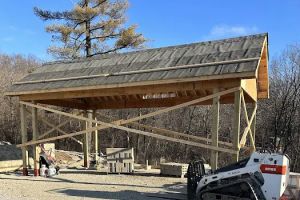

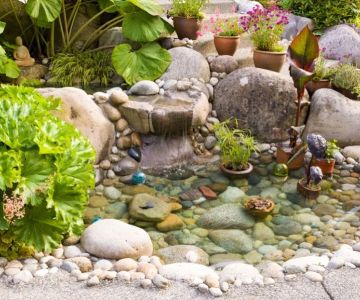

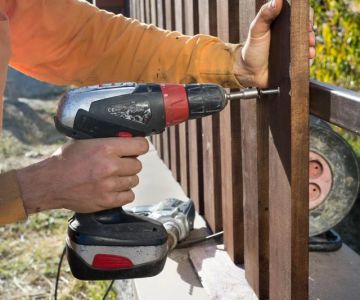
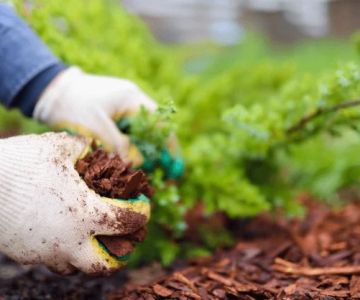

 Kletzien Nursery Inc5.0 (1 reviews)
Kletzien Nursery Inc5.0 (1 reviews) Blake's Lawn Care3.0 (3 reviews)
Blake's Lawn Care3.0 (3 reviews) Taylor-Made Landscaping, LLC0.0 (0 reviews)
Taylor-Made Landscaping, LLC0.0 (0 reviews) M & M Outdoor Design and Hardscaping5.0 (42 reviews)
M & M Outdoor Design and Hardscaping5.0 (42 reviews) Pinter's Gardens & Pumpkins4.0 (204 reviews)
Pinter's Gardens & Pumpkins4.0 (204 reviews)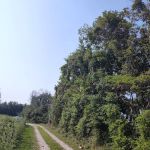 JD & tree lawncare5.0 (1 reviews)
JD & tree lawncare5.0 (1 reviews) How to Build a Stone Pathway With a Natural Flow
How to Build a Stone Pathway With a Natural Flow Best Native Plants for Drought-Tolerant Landscaping: A Guide for Sustainable Gardening
Best Native Plants for Drought-Tolerant Landscaping: A Guide for Sustainable Gardening How to Create a Butterfly Pathway Through Your Garden: A Step-by-Step Guide
How to Create a Butterfly Pathway Through Your Garden: A Step-by-Step Guide How to Design for Sustainability Without Sacrificing Beauty
How to Design for Sustainability Without Sacrificing Beauty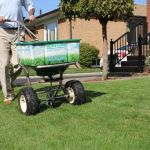 How Often Should You Fertilize Your Lawn for a Lush, Green Yard?
How Often Should You Fertilize Your Lawn for a Lush, Green Yard?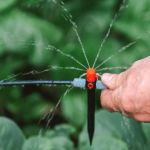 How to Install a Drip Irrigation System in Your Landscape
How to Install a Drip Irrigation System in Your Landscape